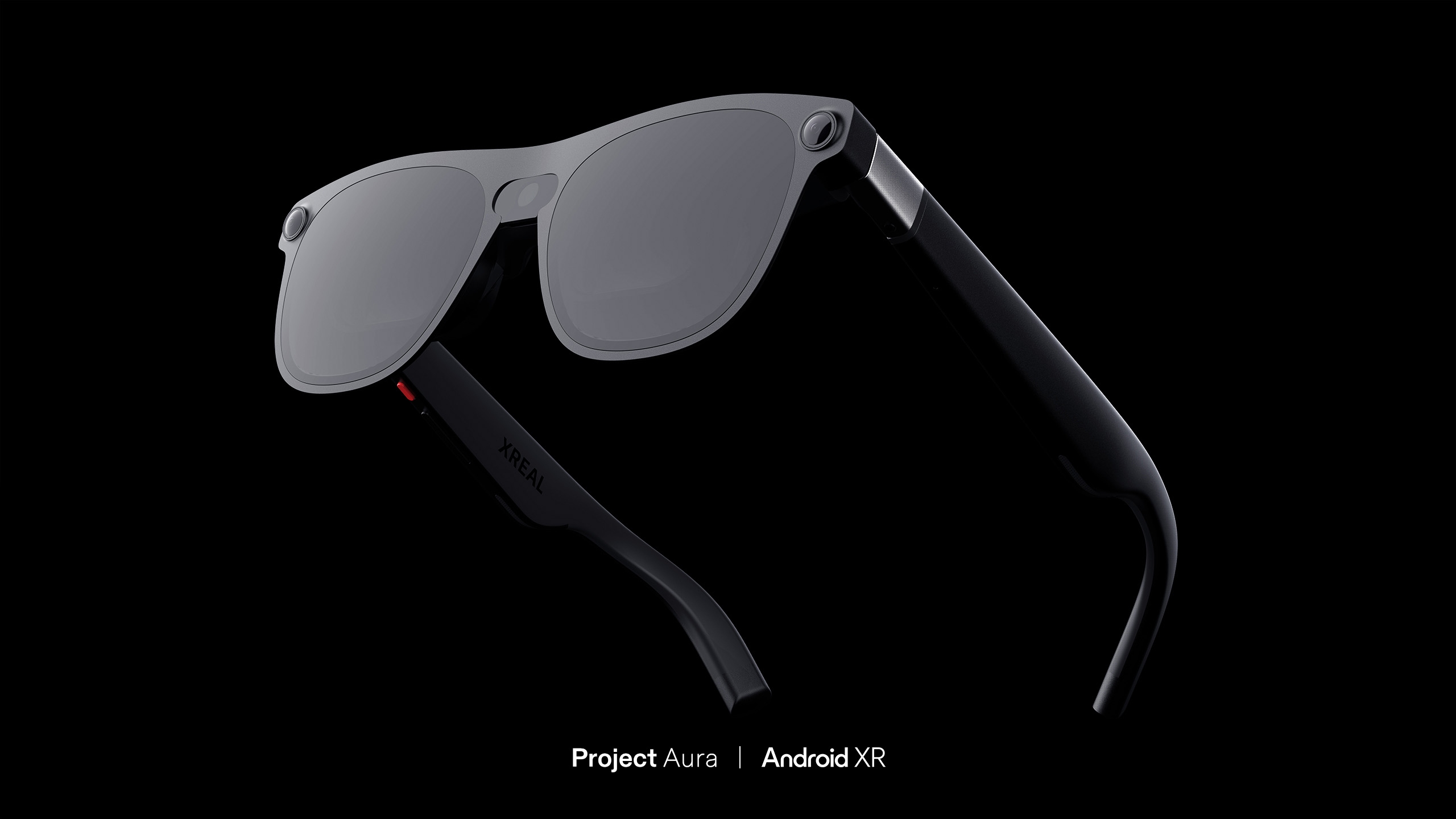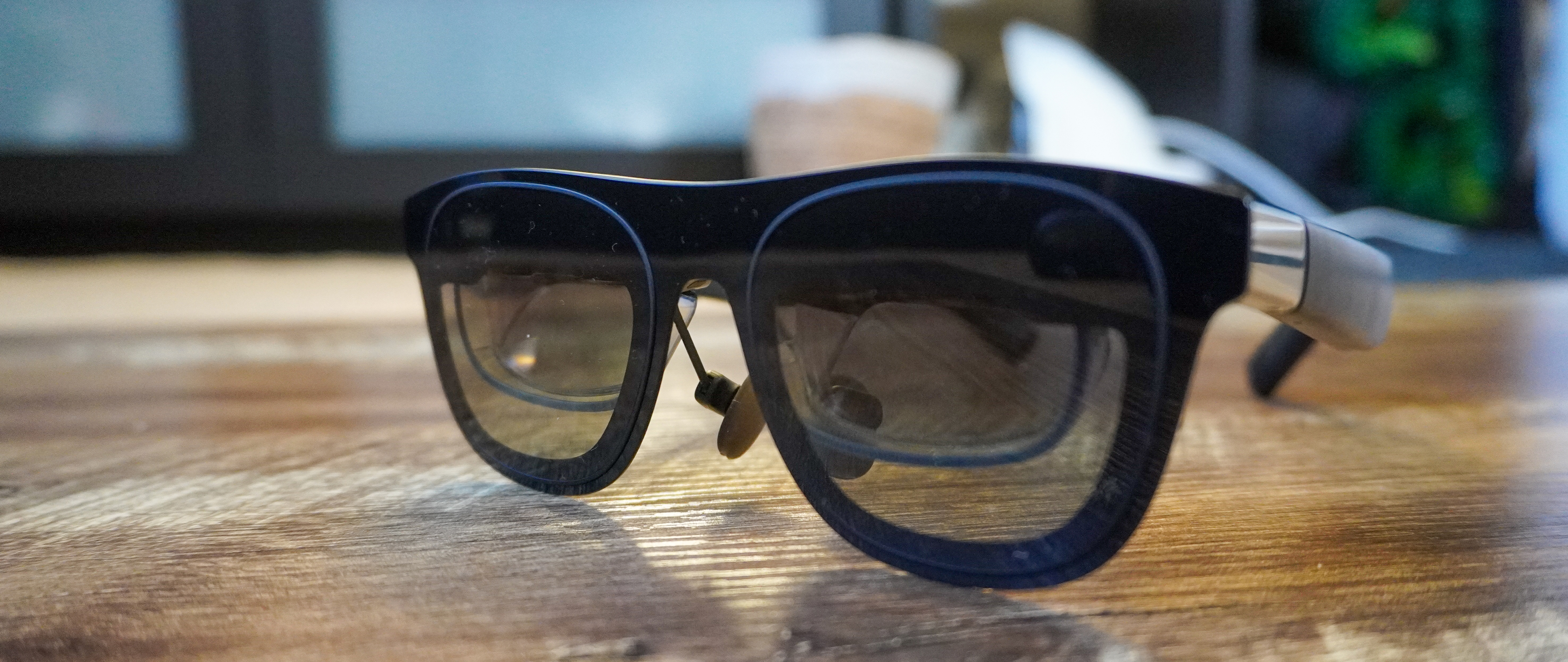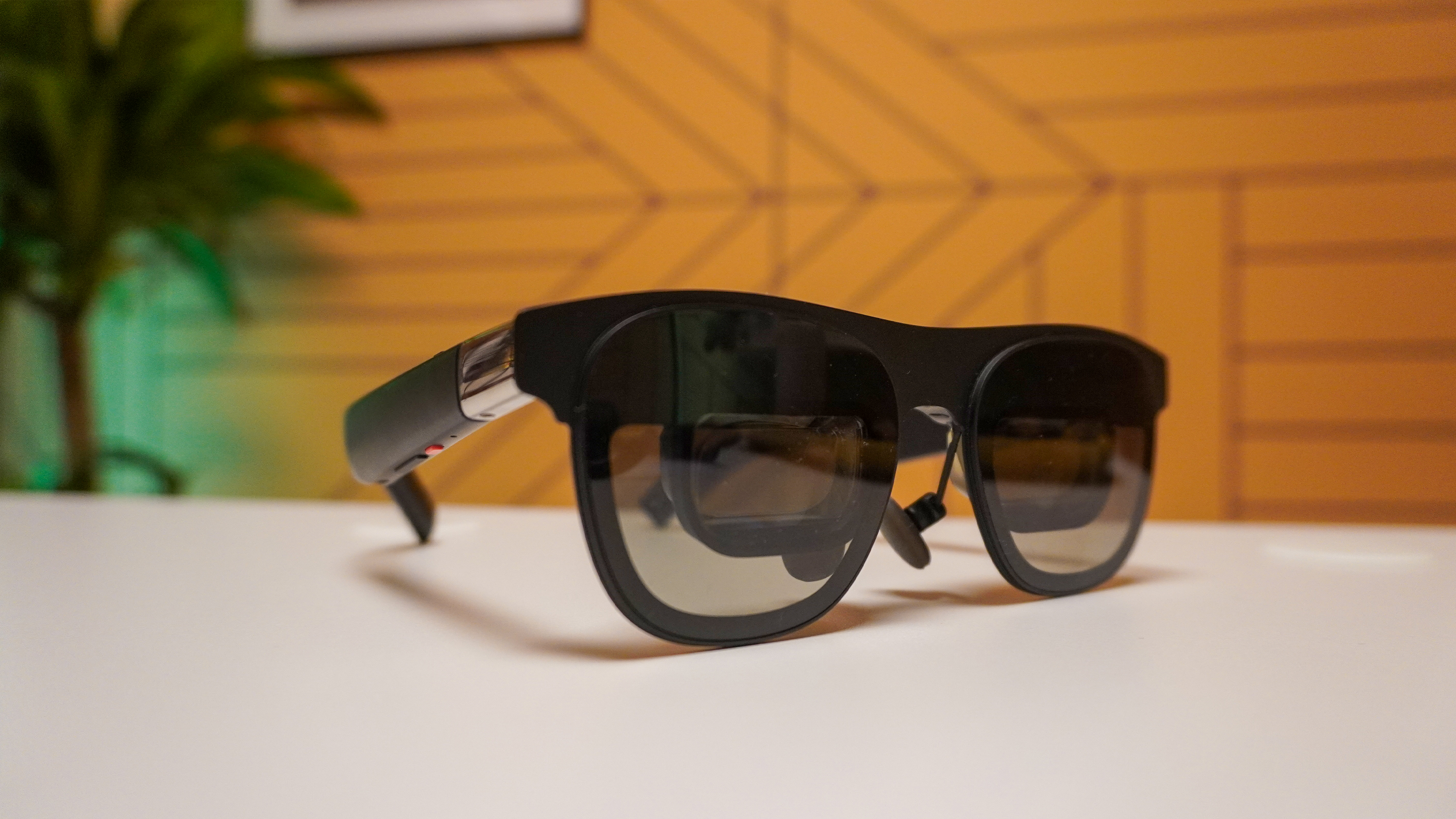Xreal's Project Aura smart glasses are closer to Meta's Project Orion than I thought — and the specs sound wild

Xreal is having quite the summer kickoff after revealing its Project Aura Android XR smart glasses during Google I/O 2025. Xreal already makes some of the best smart glasses, and it sounds like Project Aura will be a massive upgrade.
The company was a keynote speaker at the Augmented World Expo 2025 in Long Beach, California, to share more details about the new glasses.
There's plenty we don't know. However, we do know that Xreal's Android XR specs will feature a 70-degree field of view, the largest field of view in any smart glasses. For comparison, the Xreal One and One Pro, which launch on July 1, feature 57-degree FOVs, currently the widest field we've seen.
Those extra 13 degrees are important; it's not the 110 FOV in the Meta Quest 3, but it will still provide a large display, hopefully with peripheral vision feeling less constrained.
From speaking with Xreal's head of public relations, Ralph Jodice, and Qualcomm's VP of Product Management, Said Bakadir, we're able to confirm some details and make some educated guesses.
What we expect to see in Project Aura

From our talk with Jodice and what Xreal has announced between Google I/O and AWE 2025, we know that Project Aura will feature a Qualcomm Snapdragon chip in a connected compute device.
Xreal has confirmed that the glasses will run a souped-up X1S custom silicon in the glasses. If you've read our Xreal One review, you'll have already seen what spatial capabilities are in the X1 chip, so that extra S is surely meant for additional depth of field anchoring features for those AR user features of Android XR.
Get instant access to breaking news, the hottest reviews, great deals and helpful tips.
And on top of that, from speaking with Bakadir, I'm guessing we'll see a secondary Snapdragon XR chip driving a lot of the compute requirements of Android XR from the puck.
The recently announced Snapdragon AR1+ chip is good for on-device AI and simple local tasks, but for the fully-fleshed experience, you need something like an XR2 you find in the Meta Quest 3, to make it happen.
We were also told that Aura will feature front-facing sensors for gesture controls and MR experiences, including a built-in camera, which you can see in the teaser image above.

We got a hint at potential features with a spatial computing demo featuring the Xreal Air 2 Ultra during AWE 2025, where we played with pinch gesture controls on demos featuring an AI image generator, an NFL game recap with real-time player stats, and a photo/video gallery loader.
It worked decently, but also felt like a work in progress. Still, it points to the future of media control with smart glasses from Xreal. As an Android XR device, we know it will be "deeply integrated" with Gemini.
One place to look for hints at the future of Project Aura is Samsung's Project Moohan headset, which has been equally as mum on details despite being known for longer. We went hands-on with Moohan during Google I/O 2025 and walked away impressed with both the headset and Android XR.
Outlook

"What's in Moohan can come to Project Aura," Jodice told me, with some shifting for the different form factors, of course. "They are the Android XR experiences," he continued.
As we learn more about both Android XR devices, we should see how their developments are similar and different.
For now, we don't have release dates or prices, but both devices are in the works.
If you're curious about Xreal, you can pick up the Xreal One Pro for $649 starting July 1, or you can preorder it now for $599.
More from Tom's Guide
- Forget Apple Vision Pro — visionOS 26 sets the stage for killer smart glasses
- I just tested a smart ring that can control your AR glasses — and this is what wearables have been missing
- Snap finally launching AR glasses to the public in 2026 - with built in OpenAI integration

Scott Younker is the West Coast Reporter at Tom’s Guide. He covers all the lastest tech news. He’s been involved in tech since 2011 at various outlets and is on an ongoing hunt to build the easiest to use home media system. When not writing about the latest devices, you are more than welcome to discuss board games or disc golf with him. He also handles all the Connections coverage on Tom's Guide and has been playing the addictive NYT game since it released.
You must confirm your public display name before commenting
Please logout and then login again, you will then be prompted to enter your display name.
